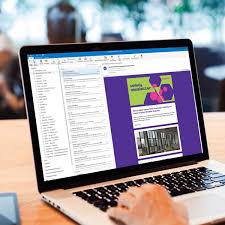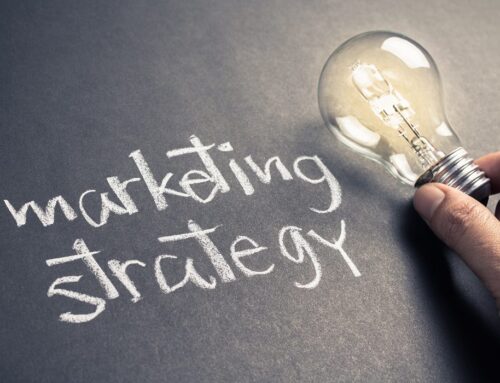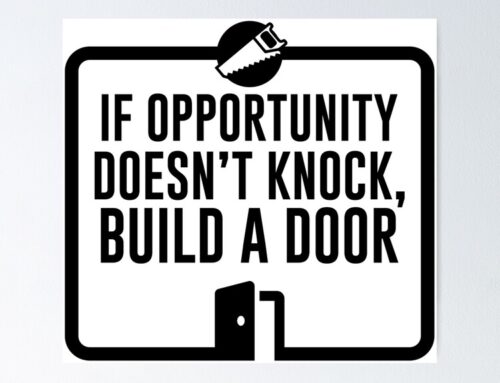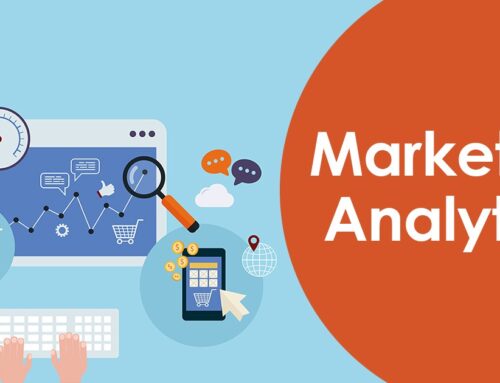 How Your Email Newsletter Can Generate New Sales
How Your Email Newsletter Can Generate New Sales
Your email newsletters can yield big results for your sales and engagement.
Do you want to generate new sales with your email newsletter? If so, you’re not alone. Companies around the globe use email to connect with their audience in new and exciting ways.
Emails give you the chance to build rapport and nurture prospects while securing your existing customers’ success. Newsletters are commonly sent out by various brands because they allow businesses to engage with customers and leads. But designing an effective newsletter is far from easy.
You should understand the nuances of an effective email newsletter if you hope to build trust, encourage engagement, and grow your sales. With that in mind, we are going to take a look at a few things you should keep in mind the next time you decide to send out an email newsletter.
Let’s begin.
Put your personality on display.
Your brand’s personality is, without a doubt, one of your most significant selling points. There’s a good chance that other businesses sell a product that’s comparable to your own. The brand identity you connect to your product is the thing that will keep customers reading your content, including your email newsletter.
When writing your email newsletter, keep the same brand identity on your website and social media online. Consumers have more expectations for brands than ever before. They want the business, and by extension, their emails, to reflect the personality you’ve built on other marketing channels.
Imagine signing up for an email newsletter, and you get a message from someone that sounds totally different from the text you read on the signup page. How would you feel? Probably like you’re talking to a totally different company. There’s a good chance that this will turn some customers away, which ultimately hurts your sales.
Make sure you have a clearly defined voice and use it in all of your emails. Both existing customers and new subscribers want to engage with your brand like you’re a friend. The ability to deliver a consistent experience ensures that they feel comfortable responding to your call to action and opening future emails.
Include relevant promotions.
Promotions are a big part of email marketing. Businesses send offers to their subscribers, hoping that they will go to their website and eventually make a purchase. Your email newsletters are an excellent place to include some of your best deals, but relevancy is vital.
Your audience is likely divided up into multiple segments. For example, if we look at an online sporting goods store, they have customers passionate about football, while others feel the same way about baseball. Despite the products being under one metaphorical roof, the audience segments all respond differently to relevant promotions.
Each email newsletter you create, or at the very least, the offers inside, should be based on your audience segments. If the marketing team of the sportings good retailer sent out newsletters, they would include promotions for football gear to the people who buy football-related products from their store.
Statistically speaking, there’s no denying the power of adding this type of personalization to your email newsletter. Brands that use personalized emails get an average of six times more transactions.
Share your best content.
If your plan is to generate more sales with your email newsletter, you have to make sure it’s filled with valuable content. Your subscribers want to see the content you’re creating on your blog, social media, and exclusive stuff like infographics and ebooks.
Your website likely has a blog, which is essential for driving traffic, improving your SEO, and even boosting your email subscribers. Businesses that blog have two times as many subscribers compared to those who don’t. It’s clear that a blog is essential for creating newsletter content, but it can also grow your lead list.
Sharing your best content helps establish you as an expert in your industry and builds trust with your audience. If someone subscribes to your newsletter for the promotions, the added benefit of high-quality content can be the deciding factor when that customer has to make a purchase in the future.
You can also compile content to further your personalization efforts. The online sporting good store we mentioned earlier would likely divide their content by sports topics. Now, people interested in baseball and soccer can get the content they want to read. Relevancy in both your promotions and content will get you more engagement, which translates to conversions.
Make it social.
Another way to improve the effectiveness of your email newsletter is to make it social. At this point, most of us have a social media account. In fact, 80% of people that use the internet have at least one social media profile.
Due to the popularity of social media platforms like Facebook, Twitter, and Instagram, you can drastically improve your website traffic and sales by making parts of your newsletter shareable. Let’s say you include some of your best blog posts in a message every week. Underneath each post, you can add an option to share your post on social media.
This small interaction could spread brand awareness to tens of thousands of people in seconds. Let’s say someone shares your post to Facebook. A staggering 2.5 billion people use Facebook every month, so it’s easy to see how one post share can get spread around and draw more people to your website and get you more sales.
You can even encourage users to follow your social media page for special promotions and discounts from your newsletter. Using this tactic, you can grow your social media profiles, spread brand awareness, get more email engagement, and much more.
Test and revise.
Our last tip is to A/B testing your email newsletter. A/B testing is when you perform experiments on your marketing campaign to get better results in engagement or conversions. The experiments involve making small changes and usually include changing text, color, or placement.
All of these seemingly small features can have a significant impact on your marketing results. You could change your subject line and send the new half to 50% of your subscribers. The goal is to see if these changes cause more people to open your email, read what you say, and engage with your offer. A simple change, like turning a red CTA button to green, can improve conversions by 21%.
The key to A/B testing is taking the time to see if your changes are producing positive results. Many new marketers assume that a test is positive if they see reasonably good results after a day or two. Don’t jump ahead of yourself. Let your test run its course and then make revisions.
We suggest letting your test run for a minimum of 14 days before deciding if it’s working for your campaign.
Your email newsletter can help you dramatically improve your sales if you’re willing to make adjustments along the way. Today we were able to look at several things you can do that will help you get more results for your newsletters and overall email marketing campaign.
As your business grows, you’ll have to make more changes to your emails’ structure based on your products, audience size and segments. Fine-tuning your email newsletter is a time-consuming process, but one worth pursuing if you want to generate more sales.
Article by Thomas Griffin at Optin monster

206-391-5682
i2i@i2idirectmarketing.com
www.i2idirectmarketing.com
“…all deliveries GPS tracked…”




